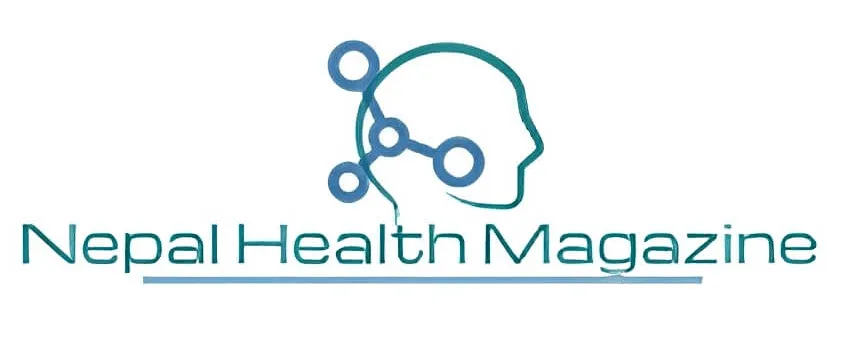Table of Contents
Introduction
The Health Insurance Program (HIP) is a social security program of the Government of Nepal that aims to enable its citizens to access to quality health care services minimizing a financial burden on them. Health Insurance Board (HIB) is responsible to carry out the health insurance program in Nepal. Although good progress has been made on improving access, much remains to be done. Out-of-pocket expenditure still puts vulnerable households at risk of catastrophic spending and prevents them from using services. Health insurance program is a family-based program. The family has to pay contribution amount to enroll in the program. The enrollment is voluntary now. The households, communities and government are directly involved in this program. The HIP helps to prevent people from falling into poverty due to health care costs i.e. catastrophic expenditure due to accidents or disease by combining prepayment and risk pooling with mutual support . This program also advocates towards quality health services. This program attempts to address barriers in health service utilization and ensure equity and access of poor and disadvantaged groups as a means to achieve Universal Health Coverage. The HIP is started firstly from Kailali district on 25thChaitra, 2072 and then expanded in other parts of country in phase wise manner.
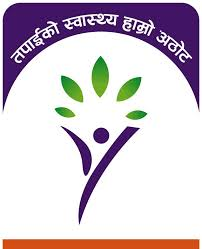
General Objective
- To ensure Universal Health Coverage by increasing access to, and utilization of necessary quality health services.
Specific objectives
- To increase the financial protection of the public by promoting pre-payment and risk pooling in the health sector;
- To mobilize financial resources in an equitable manner; and
- To improve the effectiveness, efficiency, accountability and quality of care in the delivery of health care services.
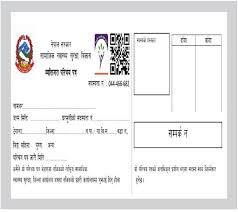
Strategies
- Increasing participation of communities towards health insurance program by providing special protection to the poor and marginalized and
- Extending coordination and cooperation with government and non-government service provider health institutions for gradual expansion of health insurance program throughout the country.
Main features of Health Insurance
- It is a voluntary program based on family contributions. Families of up to five members have to contribute NPR 3,500 per year and NPR 700 per additional member.
- Government bears contribution amount for ultra-poor, MDR TB, Leprosy, HIV /AIDS and disable people’s families having a poverty identity card and red card respectively.
- Insures have to renew their membership through annual contributions.
- Benefits of up to NPR 100,000 per year are available for families of up to five members with an additional NPR 20,000 covered for each additional member. The maximum amount available per year is NPR 200,000.
- Government bears contribution amount for up to 70 years old citizens and Benefits of up to NPR 100,000 per year.
- Insures have to choose their first service point. Insures can access specialized services elsewhere that are not available at the first service point on production of a referral slip from their first contact point.
- It is cash-less system for members seeking health services.
- The program is IT-based with enrolment assistants using smart phones.
- HIB acts as the service purchaser while government and listed private hospitals provide the services.
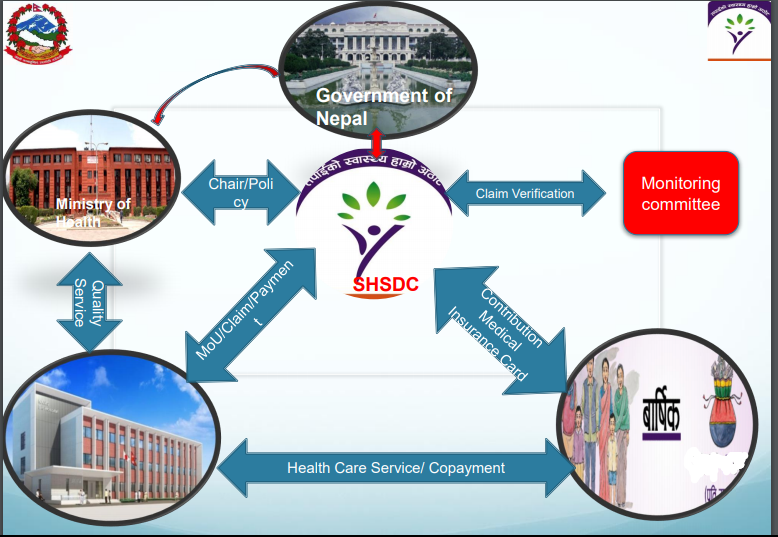
Opportunities
Overall, despite the hurdles and initial scepticism, the scheme itself is operating. The scheme has also introduced a number of innovations, including:
- The scheme empowers of patients as they have a greater voice on account of having paid for the services; the health insurance scheme will be able to better negotiated prices than the patient would be able to secure as an individual.
- Until now the MoH has financed primary health care centres and hospital regardless of their productivity (the exception is the Safe Motherhood Programme). The health insurance scheme provides for case payment against claims.
- A number of private health care providers have been contracted into the scheme with their strong commitments to provide services in the given prices as mentioned at benefit packages.
- Reinforces referral system as gate-keeping function.
- The additional money generated for health care facilities by the scheme (in the form of payment of claims) might encourage more ‘business-like thinking’ on the part of public health care providers.
- Gradual increase in access and outrage of people in health services
- Improving quality of health services along-with infrastructures.
- Increasing people’s awareness towards health insurance and services.
- Nepal has transitioned from unitary centralized system to federalized government structure– the health insurance scheme will be one of the central funds remaining in the health sector and can secure funding for health services to all provinces and local authorities as per the spirit of constitution of Nepal.
Challenges
Though lots of improvement has been made during a short period in the front of social health insurance in Nepal, a number of challenges exist:
- Organization development of HIB: the HIB still runs in temporary organizational structure and lacks the approval of Organization and Management (O&M) as well as Employees Bylaws, which hinders in recruitment of human resources of its own. At present, the HIB is running through seconded staff from the MOHP and few contracted staff at province and local level.
- Fragmentation of Health Insurance Programs: Many contributory programs of similar health insurance are run by state-owned organization like Employee Provident Fund (EPF), Social Security Fund (SSF), and Citizen Investment Trust (CIT). Likewise many programs like free medicines and safe motherhood etc. are run on subsidies from GON by different health institutions making overlapping and misuses of the resources. Integration of such horizontal and vertical programs would enhance the cost efficiency of health financing in Nepal.
- Subsidy for the poor: Although HIB has the provision to provide subsidy for the poor families to get enrol into the scheme, HIB is unable to enroll the poor families due to absence of identification of poor families and distribution of poverty card in national level, which is completed only for 26 out of 77 districts. This is purely the responsibility of the Ministry of Cooperatives, Land Management and Poverty Alleviation.
- Supply side issues: The availability of drugs, diagnostic services and doctors are significant drivers of enrolment and service utilization. Even though ensuring these things is not the immediate responsibility of SHSDC, its success will depend on it.
- Lack of awareness campaigns: The lack of timely and targeted enrolment campaigns has been a key factor in the stagnating enrolment rates. Strong emphasis needs to be placed on the dissemination of the IEC materials that have already been developed. Concerted efforts are needed to create media campaigns through various mediums (TV, radio, newspapers, social networks etc.). More innovative forms of group enrolment also need to be initiated (e.g., through cooperatives)
List of Health Insurance Implemented Districts [latest]
Recommended Resources for Download
- List of Latest Health Insurance Implemented Districts – Download
- Benefit Package Document – Download
- Payment Mechanism and Service Rate – Download
- Health insurance Board Presentation .ppt – Download
- Health Insurance Annual Report – Download
Recent Post
- Anti-Tobacco Video Contest

- Health Officer |YAC | Nursing jobs latest

- Self-Care Month 2024 | WHO

- Antimicrobial resistance | A top global health threat

- Community Outreach Coordinator | Our Sansar | ngo jobs 2024

- WHO bacterial priority pathogens list, 2024 | latest WHO document

- Research Officer | TPO Nepal | ngo jobs 2024
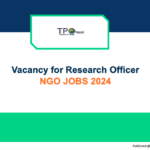
- World Hypertension Day 2024 | Know theme

bachelor jobs bph jobs health health for all health guidelines new health jobs healthjobs healthjobs in nepal health jobs vacancy health public health update ingo jobs jobs after passing bachelor jobs for bph jobs in nepal jobs in ngo ngo jobs ngo jobs vacancy ngo jobs vacancy for bph ngo job vacancy 2021 nurse jobs nurse jobs 2021 nurse vacancy nursing insurance nursing job nursing jobs nursing jobs 2021 nursing jobs in nepal nursing law nursing officer Nursing Vacancy Public health Public health concern public health important days Public health in Nepal publichealth jobs publichealthjobs public health updated Staff Nurse Staff Nurse and HA Vacancy | Nepal Army 2021 staff nurse vacancy staff nurse vacancy in ngo 2021 nepal staff nurse vacancy kathmandu who guidelines WHO official

Hey there, I am Nirdesh Baral, founder of Nepal Health Magazine. I am a Tech geek by passion , Public health practitioner by profession and an Ailurophile by heart and a patriot by birth

